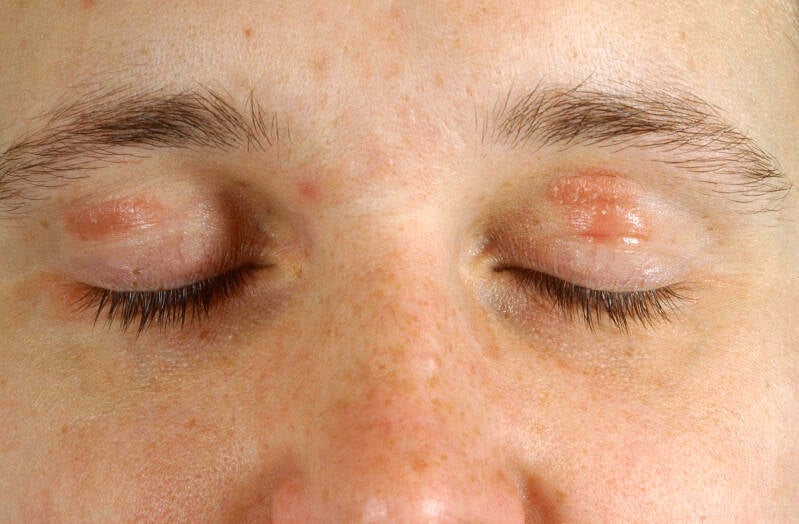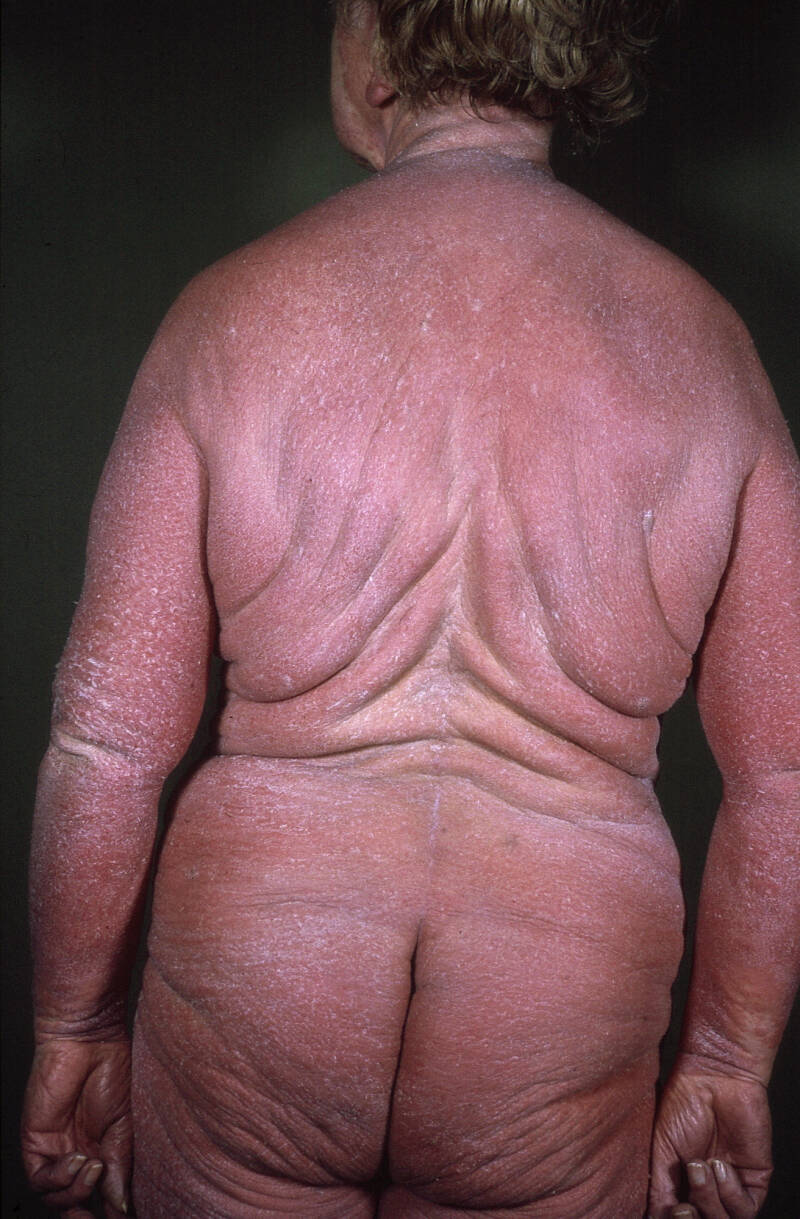Monographs in contact allergy
My most recent international books are the Monographs in contact allergy. I had been planning for a long time to create a digital database of contact allergens. I decided not to do that after all instead planned to write books with a separate chapter for each contact allergen, ergo monographs. The reason for that was that I realized that a database is never finished. And once that database is there, you are stuck with it and you have to keep working on it, otherwise everyone can see that the information is no longer up-to-date. In addition, I like to have physical books on my bookshelf, as tangible proof of my efforts, which I can occasionally browse through and look at with pride. And none of that is possible with a database. In addition, I would either have to make access to the information in the database freely available, or charge users, for example pay per view or a subscription fee. I anticipated that a lot of ICT would be involved and I had not had entirely positive experiences with ICT people when setting up my first website www.patchtesting.info in 2008. Those guys always do everything way too fast, work – partly because of this – sloppy, make a lot of mistakes and I was the one who could always correct their (linguistic) mistakes. I didn't feel like doing that anymore, so the option of books with monographs floated to the surface: Monographs in contact allergy.
The publisher is not interested
It was natural to ask CRC Press/Taylor and Francis whether they would be interested in publishing the books (it was planned to be a series). After all, they had also produced Essential oils: Contact allergy and chemical composition. I now knew what information the publisher needed to be able to assess whether a new project is commercially viable. To my surprise, the answer came quickly, too quickly, in fact, that they would not be able to publish the books. It was clear that they hadn't bothered to consult (other) experts in the field of contact allergy, because I had received their negative reaction far too soon.

This patient had some red spots with slight flaking around the eyes, especially on the upper eyelids. This can be a form of eczema (allergic, seborrheic, irritation, constitutional = atopic) or a mild form of psoriasis. In order to make the correct diagnosis, the anamnesis (disease history) and the physical examination are of great importance. Seborrheic dermatitis is also often present on the scalp (as dandruff or a more serious form thereof), psoriasis on the head, knees, elbows, lower back and in / under the nails. Atopic eczema is often present at a young age and patients may also have hay fever or asthma
The publisher did not give a clear reason for the rejection, but I did have a suspicion. The main reason, I assumed, was that there had been problems with the earlier book Essential oils: Contact allergy and chemical composition. This book had gigantic tables, sometimes up to 5 pages long and 6-7 columns in width. Fore that, the publisher did not have a suitable standard format for entering the text and tables. Each publisher has several standard formats with different sizes, fonts, page width, table layouts, etc. I was shown a few of them, but none were suitable (let alone pretty). Something went always wrong with entering those tables. That is why I offered at an early stage to prepare everything myself and to deliver it print-ready as a PDF, but they did not want that. The result: a special format had to be developed for those tables. And of those too I had to turn down some (i.e. gently and kindly point out that they weren't suitable). In the end, even the final one was not good, because the tables shifted: ugly and I had to correct the proofs for several weeks (1043 pages on A4 format!).
So I suspected that they were afraid of having to incur extra costs again, because my books do not fit in their standard layout and a new one would have to be designed especially for me. But maybe they were also a little tired of my critical attitude. It is quite possible that I have not always been patient and kind and tactful when they have done something wrong again. It's true, I have a very low intolerance threshold for people who make mistakes that can easily be avoided.
De Groot, make up a ruse!
So I had to come up with something else to entice the publisher to work with me again. So I started investigating whether I could indeed format the book completely myself in Word and deliver it as a PDF (my earlier offer had actually been a bluff). Then it was only a matter of marginal checking for the publisher, for example whether the table of contents is correct, whether the page numbers match the table of contents and the index, whether the headers correspond to the chapters and that there are not too many annoying language or other errors (quod non). Well, I've been working on that for a long time and it turned out to be not easy. As it soon became apparent (which I had also read somewhere), Word is not a suitable software program for desktop publishing. LaTex would be much more suitable, but to be honest I didn't really feel like learning about a new program again, while I was quite good with Word: you can't teach an old dog new tricks! Well, at some point my wife Janny could see how things were progressing (or not) by the way I entered the living room. It didn't always go well and it was a lot of frustration and stress, this whole exercise. But I still enjoyed it, especially when I had solved a particular problem. And, the miracles are not over yet, I succeeded.
When there is erythema (redness due to dilated blood vessels) of at least 90% of the skin, one speaks of 'Erythroderma' (erythro = red; derma = skin). That is not an isolated disease, but is a clinical manifestation of another disease. For example, both allergic contact eczema and atopic eczema can spread to erythroderma, and so can psoriasis. It may also be due to a drug rash or a form of cancer, especially a lymphoma. Sometimes no cause is found. These patients lose a lot of heat and moisture due to the dilated blood vessels in the skin. They are often hospitalized for diagnosis and treatment, especially frail or elderly people

The publisher agrees anyway
So I asked Hilary, my always friendly, 'warmest regards' British contact at the publisher, if providing the copy in full print-ready format would be a game changer. Of course I sent a table of contents and a fully formatted chapter (monograph) with my mail. And, believe it or not, it did change the playing field and I was sent a contract for a first Monographs in contact allergy book with a promise that more could follow ... I asked for a small increase in the royalties (makes sense, I would save them a lot of money) and I received got it. Monographs 1, here I come!

